62+ Sample Performance Improvement Plans
-
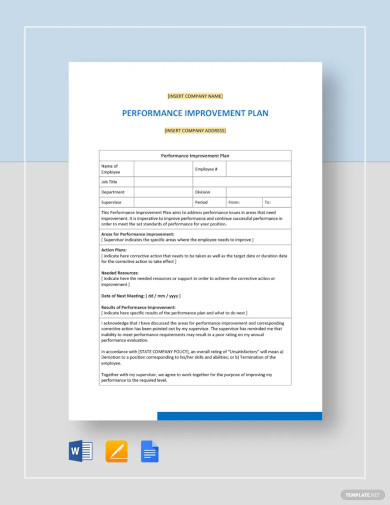
Sample Performance Improvement Plan Template
download now -
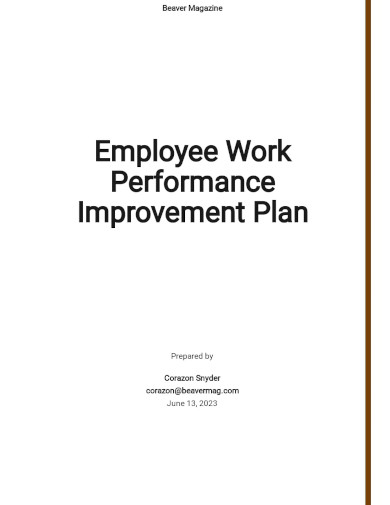
Employee Work Performance Improvement Plan Template
download now -
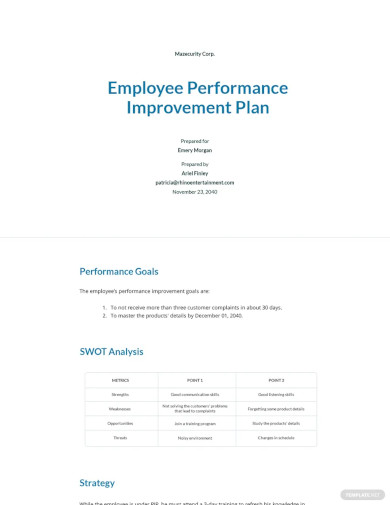
Sample Employee Performance Improvement Plan Template
download now -
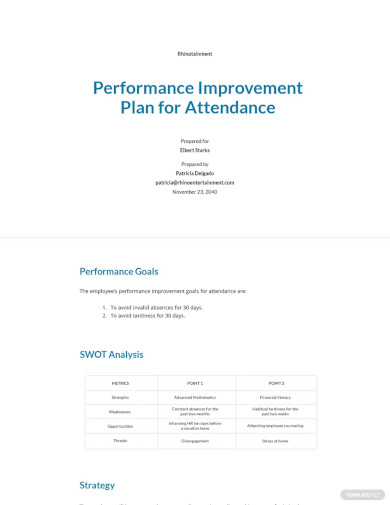
Performance Improvement Plan for Attendance Template
download now -
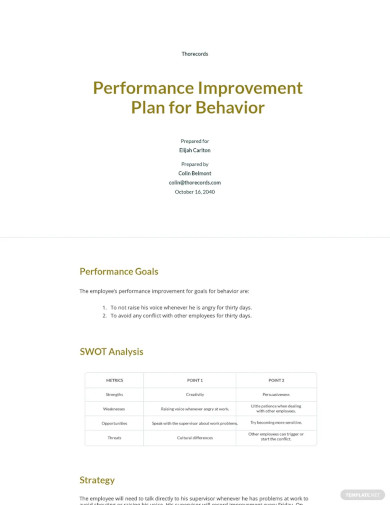
Performance Improvement Plan for Behavior Template
download now -
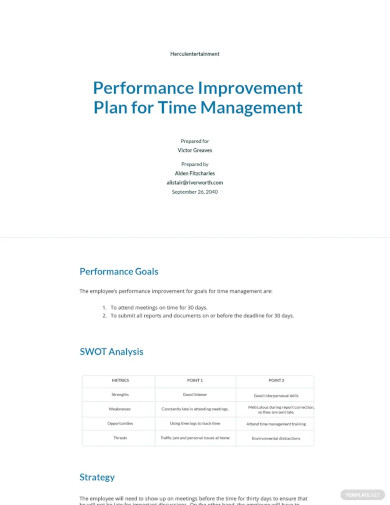
Performance Improvement Plan for Time Management Template
download now -
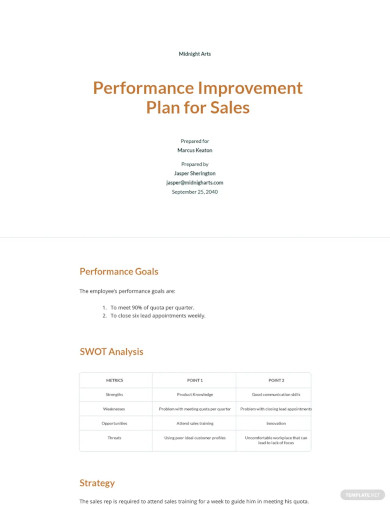
Performance Improvement Plan Template for Sales
download now -
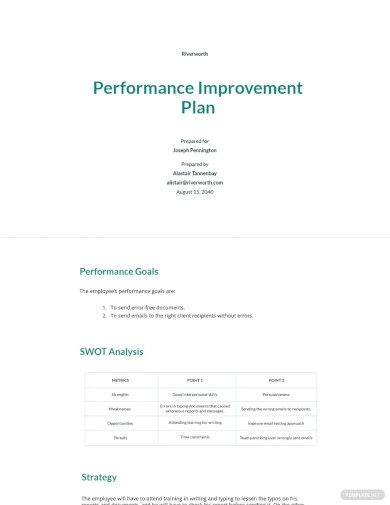
Performance Improvement Plan
download now -
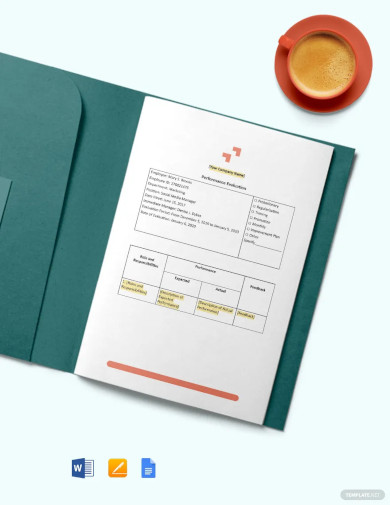
Performance Improvement Plan Template
download now -
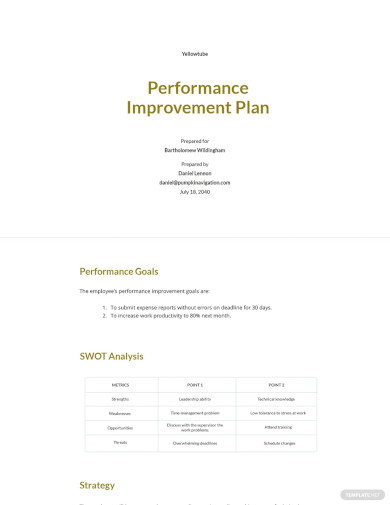
Printable Performance Improvement Plan Template
download now -
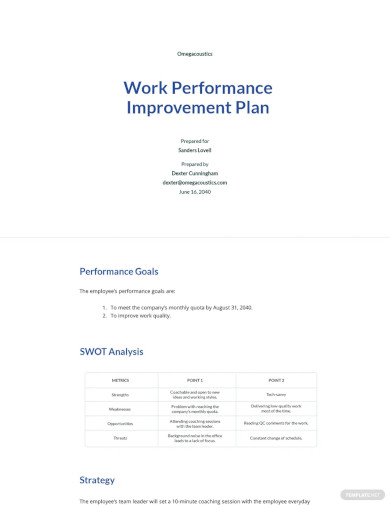
Work Performance Improvement Plan Template
download now -

Employee Performance Improvement Plan Template
download now -
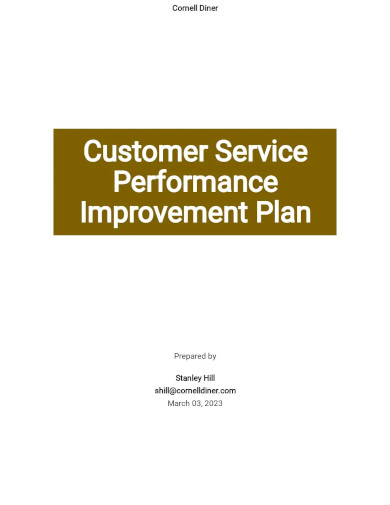
Customer Service Performance Improvement Plan Template
download now -
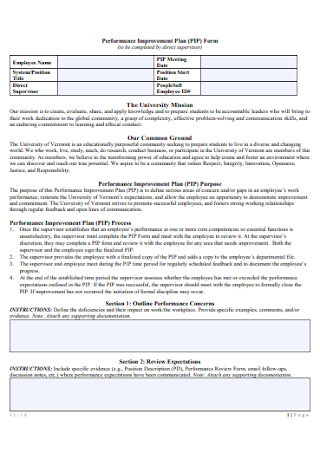
Performance Improvement Behaviour Plan Form
download now -
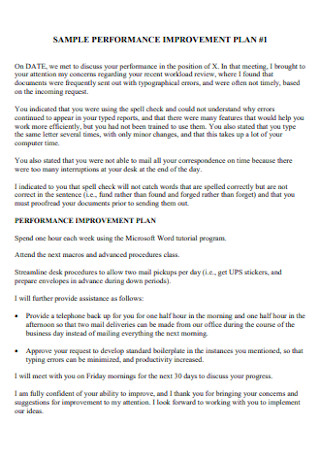
Sample Performance Improvement Process Plan
download now -
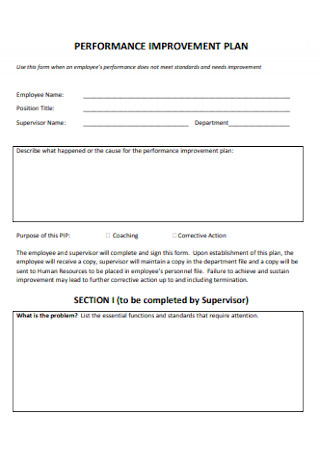
College Unprofessional Behavior Performance Improvement Plan
download now -

Staff Performance Improvement Plan Example
download now -

College Performance Improvement Completed Plan
download now -
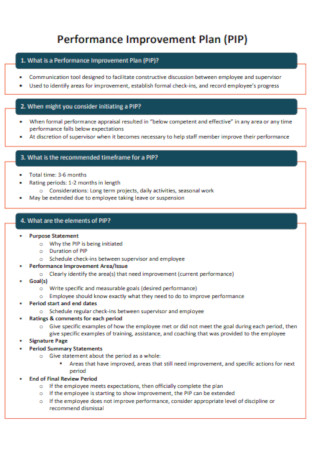
Employee Customer Service Performance Improvement Plan
download now -
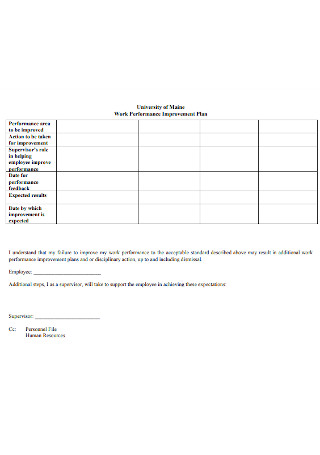
Blank Work Performance Improvement Plan
download now -
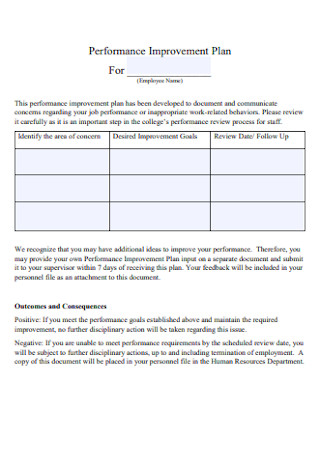
College Employee Performance Communication Improvement Plan
download now -

Key Issues in a Business Performance Improvement Plan
download now -
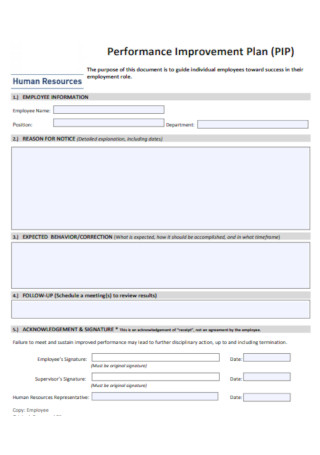
HR Performance Improvement Planning
download now -
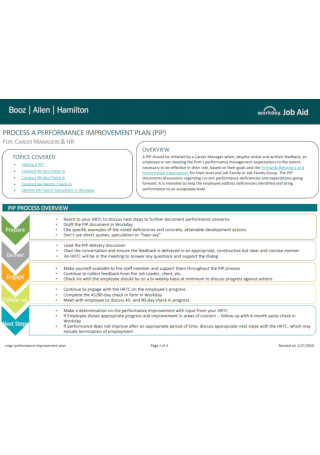
Managers Receptionist Performance Improvement Plan
download now -
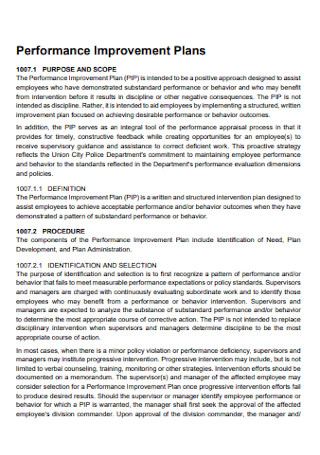
Police Performance Improvement Time Management Plans
download now -
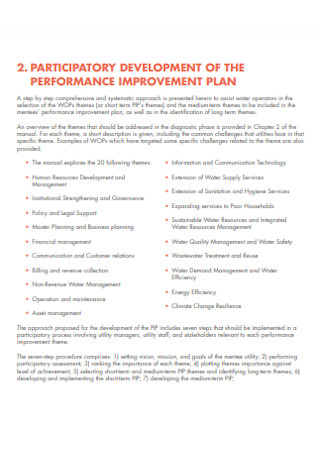
Performance Manual Written Improvement Plan
download now -
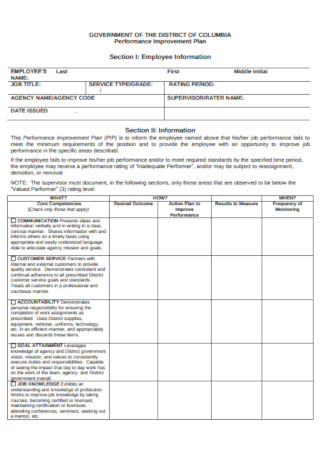
Sample Healthcare Performance Improvement Plan
download now -
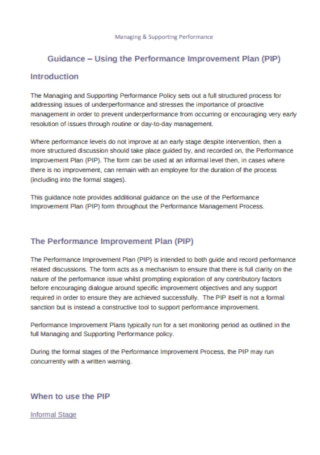
Supporting 90 Day Performance Improvement Plan
download now -
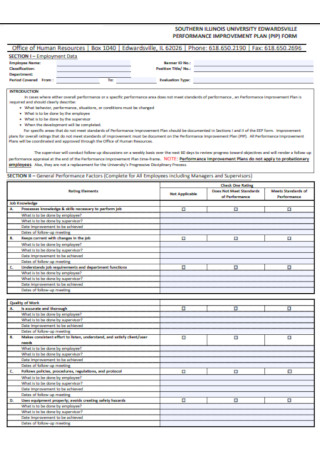
Performance Improvement Department Plan Form
download now -

Academic Performance Attitude Improvement Plan
download now -

Employee Performance Improvement Information Plan
download now -
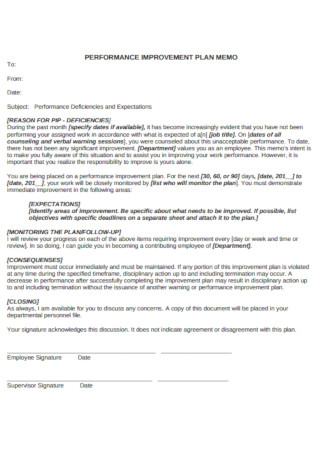
Performance Improvement Plan Memo
download now -
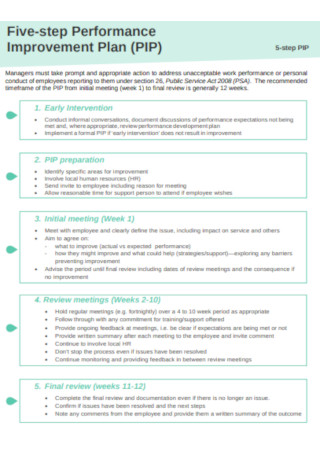
Five-step Performance Improvement Plan
download now -

Good Performance Improvement Plan
download now -
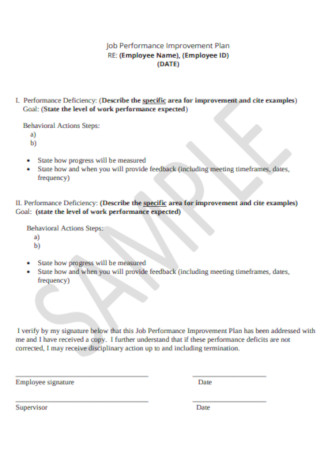
Job Performance Improvement Plan
download now -
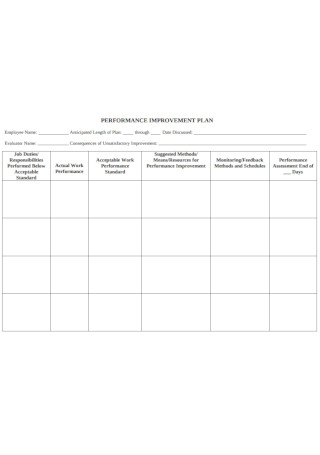
Basic Performance Improvement Plan
download now -

Healthy Performance Improvement Plan
download now -
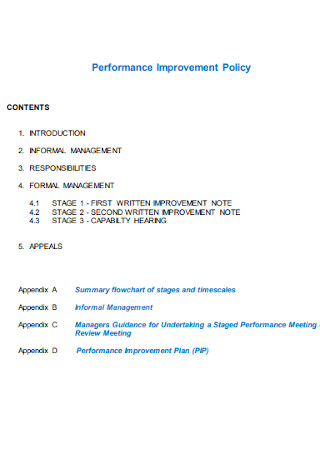
Performance Improvement Policy Plan
download now -
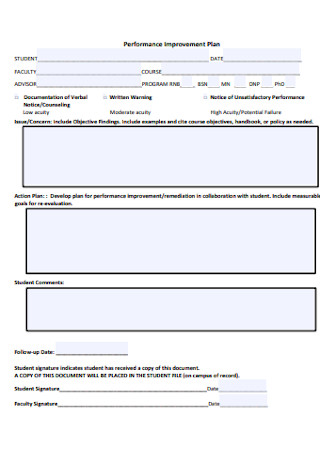
College of Nursing Performance Improvement Plan
download now -

Performance Improvement Exempt and Non-Exempt Plan
download now -
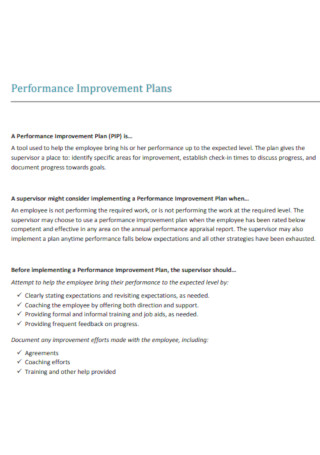
Standard Performance Improvement Plans
download now -
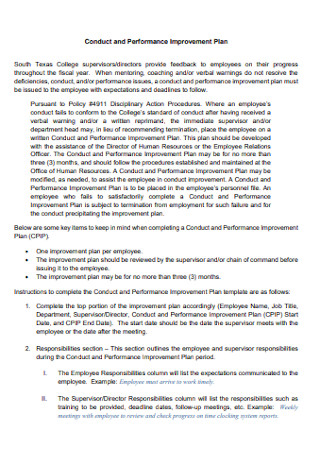
Conduct and Performance Improvement Plan
download now -
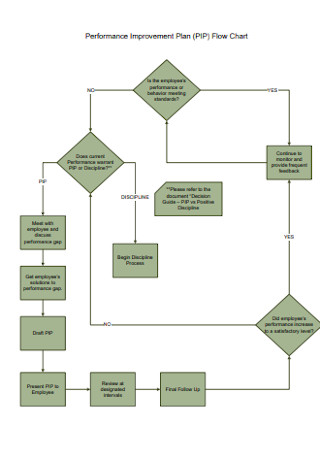
Performance Improvement Plan Flow Chart
download now -
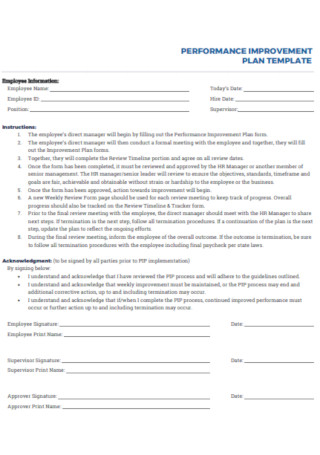
Printable Performance Improvement Plan
download now -
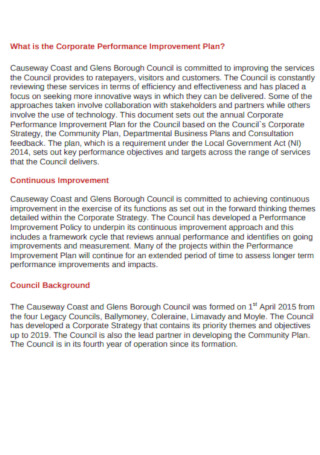
Corporate Performance Improvement Plan
download now -
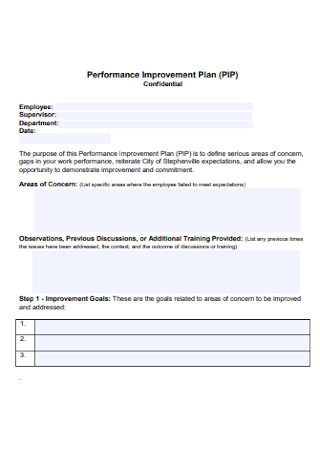
Sample Confidential Performance Improvement Plan
download now -
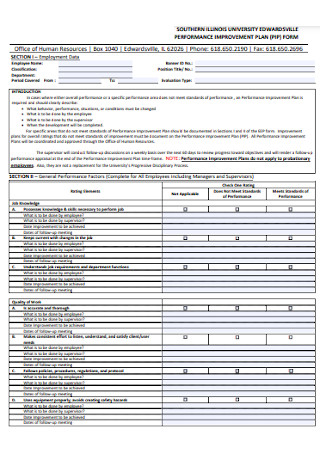
Performance Improvement Plan Form Example
download now -
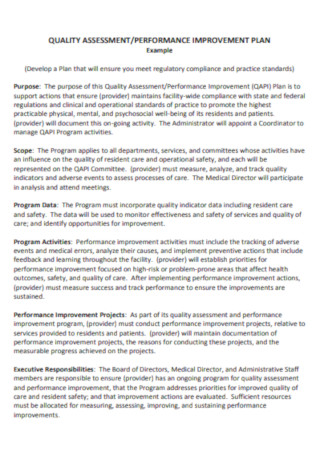
Quality Assessment Performance Improvement Plan
download now -
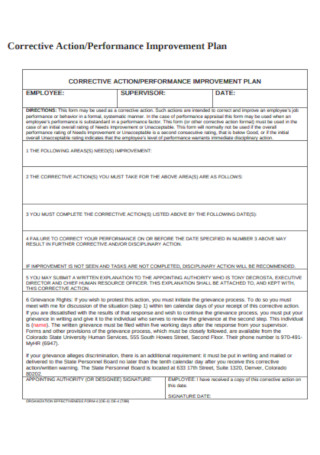
Corrective Action and Performance Improvement Plan
download now -
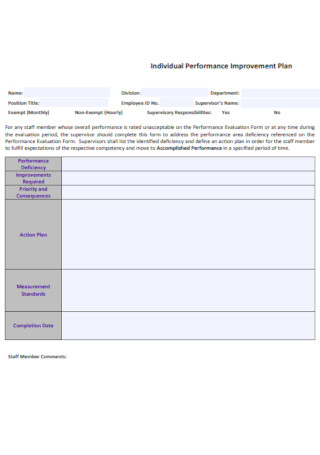
Individual Performance Improvement Plan
download now -
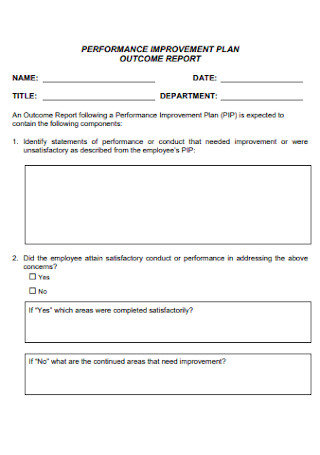
Performance Improvement Plan Report
download now -
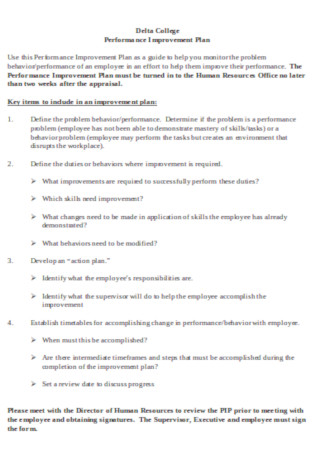
Formal College Performance Improvement Plan
download now -
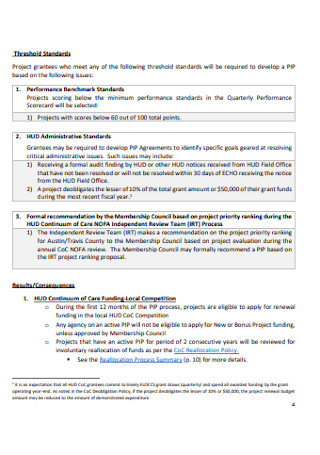
Sample Program Performance Improvement Plan
download now -
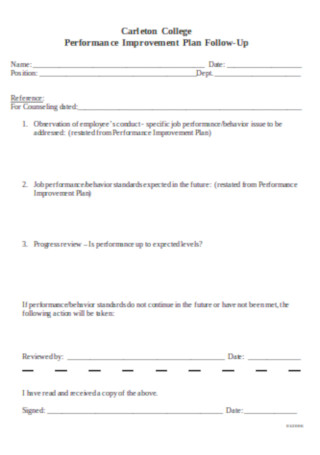
Performance Improvement Plan Follow-Up
download now -
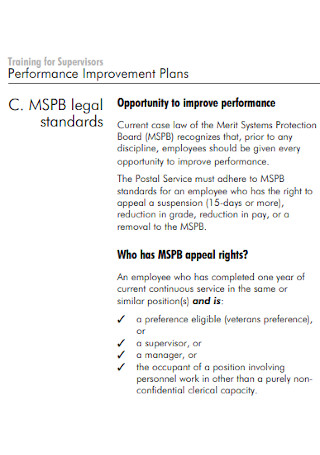
Training for Supervisor’s Performance Improvement Plans
download now -
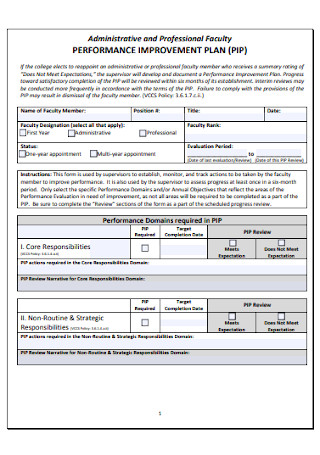
Faculty Performance Improvement Plan
download now -
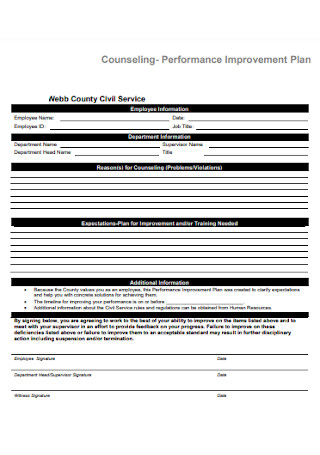
Counseling- Performance Improvement Plan
download now -
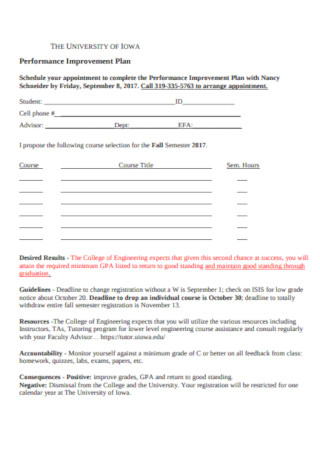
University Performance Improvement Plan
download now -
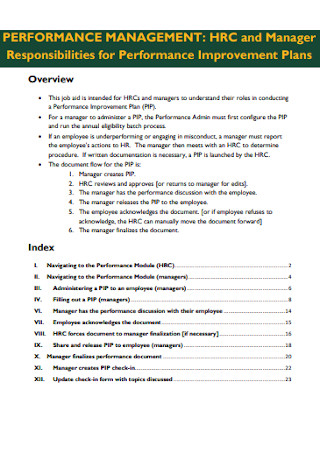
Manager Performance Improvement Plans
download now -
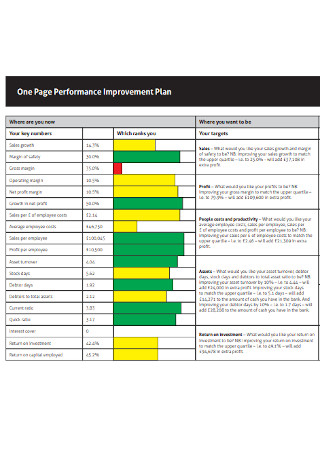
Sample One Page Performance Improvement Plan
download now -

Performance Management Improvement Plans
download now -

Job Performance Improvement Plan
download now -
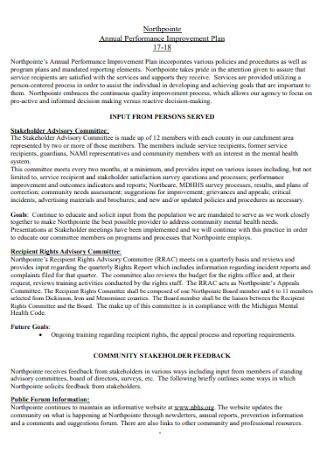
Annual Performance Improvement Plan
download now
FREE Performance Improvement Plan s to Download
62+ Sample Performance Improvement Plans
What Is a Performance Improvement Plan?
Key Players In a Performance Improvement Plan
Limitations Of a Performance Improvement Plan
Processes in a Performance Improvement Plan
Possible Outcomes of a Performance Improvement Plan
Tips in Creating a Performance Improvement Plan
How to Make a Performance Improvement Plan
FAQs
What should you do if you are on a performance improvement plan?
What is the purpose of a performance improvement plan?
Is a PIP a bad thing?
What Is a Performance Improvement Plan?
A performance improvement plan is a response strategy used to help an employee who is struggling in performing his functions and/or achieving his targets. It may also be an opportunity for a promising employee to exceed his potential and expand his contributions within the company.
In an article published on LinkedIn, author Bernard Marr explains the reason why some employees exhibit poor performance in the workplace. But before addressing the problem, he insists it’s crucial to figure out the root cause first. According to Marr, performance is when ability and motivation converge. An employee needs both. Any problems with either, can result in various workplace problems.
Key Players In a Performance Improvement Plan
Limitations Of a Performance Improvement Plan
The performance improvement plan is intended to fix an issue. But because of the goal-orientated nature of the strategy, it is somewhat confined to address measurable tasks and quantifiable outputs. This fixed smart goal approach may not adequately cover the entirety of deeper behavioral problems. The improvement plan may be better suited to address technical or skill issues of the employee. A major part of the plan requires concrete outcomes and results. If the issue is insubordination, tangible results may be difficult to measure and establish; especially if it is grave or persistent insubordination. Human behavior cannot always be boxed in and categorized neatly like numbers or figures.
Processes in a Performance Improvement Plan
Possible Outcomes of a Performance Improvement Plan
Tips in Creating a Performance Improvement Plan
A performance improvement plan is created out of a wish to see the employee do better and achieve his or her highest potential. The layout plan will depend on the superior tasked to draft the document. It’s not so much the format of the document as is the content and directives contained in the plan that is important. The following are helpful tips in creating an effective improvement plan:
How to Make a Performance Improvement Plan
A performance improvement plan needs to go through the processes of planning, implementation, and review. Keep in mind these steps to get started:
Step 1: Have a Sit Down Meeting With the Parties Involved
Communicating the need for an improvement plan is an essential first step towards improving an employee’s performance. It’s crucial for everyone to be present in order to gather initial notes, information, and feedback needed to craft the improvement plan. You want to avoid ambushing the employee. Make sure to clearly explain the situation at hand, and identify the problems by citing specific instances of poor performance etc.
Step 2: Indicate the Basic Details
The supervisor or manager usually drafts the plan then presents it to the employee. The plan should be vetted by the Human Resources Department to ensure it is fair and reasonable enough to execute. Make sure to indicate the date, employee’s name, position, and department.
Step 3: Itemize the Goals and Expectations
You have the freedom to decide on the format. A clearly defined table or chart will usually suffice. List down the employee’s next steps. What does he need to do to meet targets and expectations? You may also want to establish the major commitments and consequences in your plan. To illustrate, the commitment section can be divided into two parts. On one column, are the employee’s expected tasks and performance goals. In the other column, the immediate head’s role and contributions are itemized and described. For example, the manager will commit to regular mentoring sessions with the employee for at least six weeks.
Step 4: Monitor and Evaluate
After the period of improvement expires, it’s time to assess the employee’s progress, or lack thereof. If the employee produces positive results, it is not enough to just stop there. There needs to be proper monitoring tools in place to help him or her continuously strive for improvement. This could be in the form of progress meetings or review sessions.
FAQs
What should you do if you are on a performance improvement plan?
If you are an employee placed on a performance improvement plan, it’s best to keep things in perspective. Of course, you want to do your best and show your manager and company that you can make the necessary changes and improvements in your performance. Keep an open mind and don’t hesitate to voice out concerns, ask for help, or seek clarification and advice from your superiors.
What is the purpose of a performance improvement plan?
The purpose of a performance improvement plan is to give the employee the opportunity to right any wrongs. It allows him the space to learn and grow from previous mistakes. It should not be meant as an insult or punishment; but viewed as a form of constructive criticism- criticism that is meant to directly benefit the employee.
Is a PIP a bad thing?
A performance improvement plan (PIP) is not necessarily a bad thing. It is not meant to highlight your mistakes only for the sake of highlighting them; but for the purpose of helping you develop professionally.
The goal of a performance improvement plan is to help the individual overcome any obstacles that keep him from realizing his full potential. Employers should not only want their people to simply go to work and clock in day in, day out. They should aim for people to actually thrive in the workplace. It not only benefits the individual- because it’s helping him or her reach self-actualization- but it’s also good for the organization as a whole. When people are given the right tools and motivation, they have the potential to achieve great things. Download a template now and start crafting a performance improvement plan!
